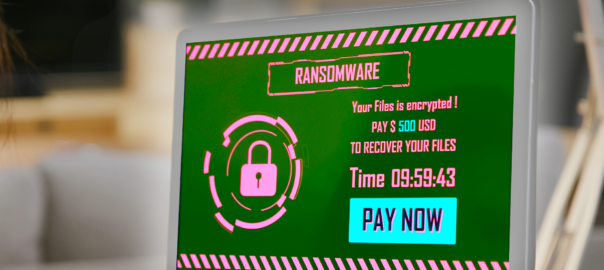Artificial intelligence has brought many advantages to different aspects of modern life. This new technology allows for the fast and accurate analysis of massive amounts of data. It can eliminate task redundancy and minimize human error. Businesses have benefited from this powerful tool, as it enables them to accomplish more while using fewer resources. However, AI-powered social engineering also brings with it a plethora of new security risks.
It is an impressive bit of technology, but it is not perfect, and hackers take advantage of its vulnerabilities for their malicious purposes. Also, it didn’t take long for cybercriminals to figure out how to leverage AI tools, especially with social engineering.
What Is Social Engineering?
Before we bring AI into the picture, let us first talk about what social engineering is and why it is considered by many to be one of the most dangerous security threats.
It is the use of manipulative or deceptive tactics to entice unwitting victims to do something they won’t normally do, like divulging sensitive information or confidential data, granting access to unauthorized entities, or performing other actions that compromise the company’s security.
Social engineering comes in many forms, the most prevalent of which is phishing. Other methods are pretexting, baiting, and CEO fraud. When using these strategies, hackers bank on human error or weaknesses in human nature. It has always been a very effective method of hacking, but now, with powerful AI tools, social engineering has climbed to an entirely new level.
AI-Powered Social Engineering Techniques
Generative AI tools have taken on much of the challenge that hackers used to face with social engineering. Through a range of AI algorithms, the techniques can now be implemented faster, more efficiently, and on a much wider scale than ever before.
Personalized Phishing Campaigns
Before AI, phishing emails had a generic look. They would not immediately draw your attention because it looks like something standard or random. But with AI, hackers can now create highly personalized and more convincing phishing messages that are more likely to get a response from the recipients. They can gather and analyze huge amounts of data from all over the internet, which helps make the emails seem credible.
Voice and Facial Recognition
It’s certainly fun to play with apps that give you AI-generated likenesses of your photos. However, hackers will use the voice and facial recognition technology in these AI apps for their social engineering schemes. You might have a video call from someone you know, not realizing that you are talking to an AI-generated video of them. Hackers can easily do this using Deepfake technology, which not only manipulates images but audio as well.
Automated Social Media Manipulation
Another capability of AI that hackers find extremely useful is to emulate human behavior. Through data analysis and machine learning, AI can create fake social media profiles, which can then spread fake news or sway public opinion. Even worse, hackers can automate all of this so it can happen quickly and result in far-reaching disastrous consequences.
Social Engineering Chatbots
When live chat features came into use, customers would chat with a live person in real time. An actual customer service representative answered your questions or would assist you with whatever concern you had. But these days, it’s likely that you are only talking to a chatbot, which can give very human-like responses. Hackers use similar chatbots, except, instead of providing information, their main goal is to gather data or deceive unsuspecting individuals.
How to Keep Threats at Bay
There is no way to stop cybercriminals from using AI tools for their malicious gain, especially since these tools have proven to be very effective. Despite the rising instances of AI-powered social engineering, you can take proactive measures to keep your business secure.
Education and Awareness
Ai-powered or not, social engineering tactics are highly reliant on human negligence. So it makes sense to keep these threats under control through constant education and awareness. Businesses must conduct regular training to keep employees updated on the latest cybersecurity threats and to remind them to stay vigilant and never let their guard down.
Multi-Factor Authentication (MFA)
The more layers of security you have, the harder it will be for hackers to get into your system, even if they use the most advanced AI algorithms. Multi-factor authentication gives hackers an extra hurdle to overcome when they try to get into your system.
AI-Powered Security Solutions
If hackers are using AI to boost their social engineering game, there is no reason you shouldn’t use AI to enhance your company’s security solutions. With artificial intelligence, it is a two-way street. You can either fear it or use it to your advantage. If implemented properly, an AI-powered cybersecurity system can give you an impeccable defense against any attack that online criminals might throw your way.
Final Thoughts on AI-Powered Social Engineering
There are multiple ways that cybercriminals can leverage AI tools for their social engineering strategies. But there are just as many ways by which you can build a formidable defense against these attacks. To learn more about what you can do, download our Cybersecurity E-book. Call us anytime so we can send you more information or schedule a free consultation!



